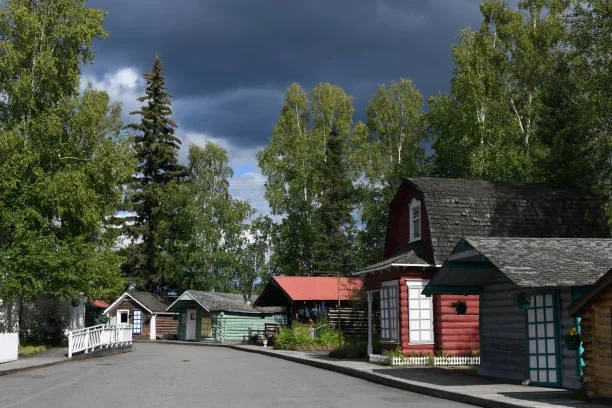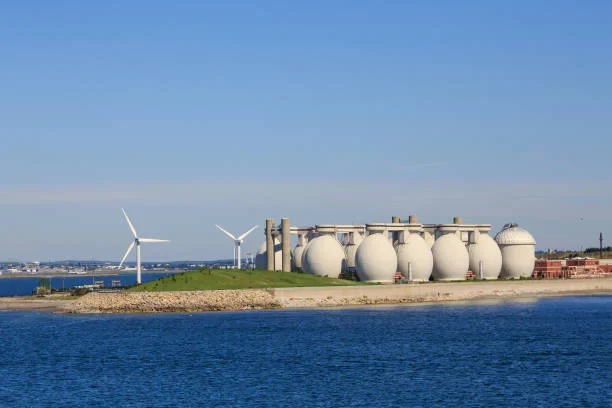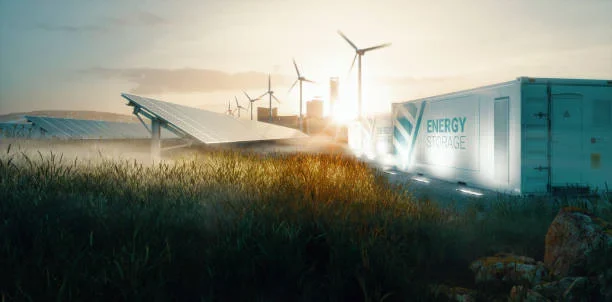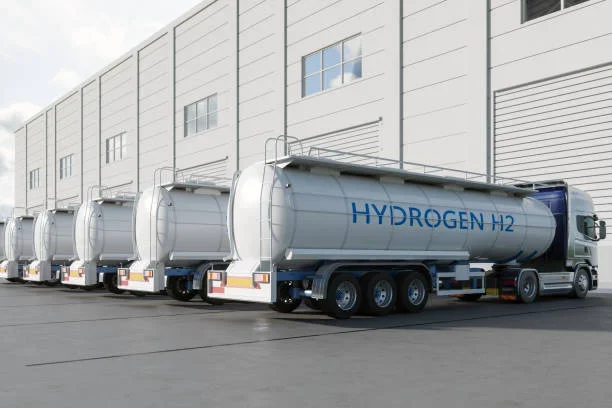Alaska is transforming its energy future. Once heavily dependent on costly diesel shipments, the state is now harnessing solar, wind, biomass, hydro, and tidal power to build a resilient, renewable economy. Supported by state and federal programs, tribal leadership, and community innovation, early projects are cutting fuel use, lowering costs, and creating local jobs. This case study explores how Alaska is turning ice into innovation.
Table of Contents

Background
Remote Alaska villages face some of the highest energy costs in the United States, often relying on diesel that must be barged or flown in. The logistical challenges are immense, and the environmental costs are significant. Yet Alaska also holds vast renewable potential, from solar in the interior, to wind along the coasts, to Cook Inlet’s tidal power.
According to the National Renewable Energy Laboratory (NREL), resource assessments show that renewable energy, if properly integrated, could displace more than half of diesel consumption in some communities.

The Challenge
- High Costs: Families in remote villages pay multiple times the national average for electricity and heat.
- Reliability Issues: Storms and sea ice delay diesel shipments, risking outages.
- Environmental Burden: Burning diesel pollutes the air and increases spill risks.
- Small Scale: Many villages have fewer than 500 residents, driving up per-unit costs.
- Technical Capacity: Limited local expertise makes advanced systems harder to maintain.
A U.S. Department of Energy review of past projects in Alaska noted that integration failures often stemmed from mismatched technology and a lack of local training.

The Approach
Alaska’s renewable energy economy is being built on four pillars:
1. Financing & Policy
- Alaska Renewable Energy Fund (REF): Since 2008, REF has funded over 90 feasibility studies and dozens of renewable projects.
- Federal & Tribal Funding: Infrastructure Act and DOE grants provide critical capital support for remote projects.
2. Energy Efficiency First
Through the Village Energy Efficiency Program, communities are upgrading insulation, heating systems, and appliances, thereby lowering base demand before adding new renewable energy sources.
3. Hybrid Microgrids
Villages are adopting systems that combine solar, wind, biomass, batteries, and diesel backup. NREL has shown that hybrid microgrids can cut energy costs by up to 21%.
4. Advanced Resources & Storage
- Pumped Hydro: Argonne and NREL identified over 1,800 potential pumped-storage sites in Alaska.
- Tidal Power: Cook Inlet has some of the strongest tidal currents in the world. While today’s costs remain high (~$280/MWh), NREL projects significant potential as technology matures.

Results So Far

Area | Outcome |
Diesel Displacement | Galena’s 1.5 MW solar array + biomass plant offsets ~100,000 gallons of diesel annually. |
Cost Savings | Hybrid systems have lowered household energy costs and reduced reliance on subsidies. |
Resilience | Local generation and storage improve reliability compared to vulnerable diesel shipments. |
Jobs & Training | Biomass plants and solar projects create local employment and vocational training opportunities. |
New Opportunities | Cook Inlet tidal pilots are advancing regulatory filings, paving the way for future deployment. |
Lessons Learned
- Efficiency + Renewables = Affordability. Reducing demand first makes hybrid systems smaller, cheaper, and more reliable.
- Community Buy-In Matters Projects tied to local jobs and schools receive stronger support and exhibit greater long-term sustainability.
- Maintenance Planning Is Crucial Past failures show that without trained local operators, systems degrade quickly.
- Phased Pilots De-Risk Innovation Alaska’s approach of testing tidal and hydrogen projects in stages reduces financial and environmental risk.

Recommendations
- Scale Success Stories: Expand hybrid microgrids where solar, wind, and biomass are already proven.
- Invest in Workforce: Support training programs for rural technicians to operate and maintain systems.
- Expand Storage: Prioritize pumped hydro and battery storage to balance seasonal energy gaps.
- Streamline Permitting: Accelerate regulatory processes for tidal and offshore projects while ensuring environmental protections.
- Develop Hydrogen Pathways: Use excess renewables for green hydrogen, as highlighted by NREL.

Conclusion
Alaska’s renewable energy transition is not a single project but a portfolio of strategies, efficiency, microgrids, biomass, storage, and cutting-edge tidal pilots. The state is demonstrating that even the harshest, most remote regions can reduce fuel dependence, lower costs, and build resilience. The lessons learned here offer a blueprint for other cold-climate and off-grid regions worldwide.









